Microsoft HoloLens is a powerful device in a glasses-based form factor, and it’s currently changing the world. Microsoft has already released its second iteration of the device. However, there’s still a lot more to come. The technology behind the HoloLens glasses is constantly growing and improving over time. And you’ll soon discover exactly what the future holds for the device.
Quick Menu:
- A Closer Look at the Microsoft Corporation
- What Is Microsoft’s Metaverse Strategy?
- Microsoft HoloLens: Microsoft’s Main Extended Reality Device Line
- Features of Microsoft HoloLens 2
- Dynamics 365 Remote Assist
- Microsoft Azure & Microsoft HoloLens
- What Is Microsoft Mesh?
- The Price of Microsoft HoloLens 2
- Public Feedback & Opinions
- The Microsoft Hololens and Other Metaverse Tech
A Closer Look at the Microsoft Corporation
To truly understand the Microsoft HoloLens, you must first understand Microsoft itself. Bill Gates and Paul Allen originally founded the company in 1975. Microsoft’s name is a portmanteau of “microcomputer software”. And the company’s initial work was entirely focused on software for microcomputers. The most important of these early software packages was a BASIC interpreter for the Altair 8800 microcomputer.
The idea of writing software that could help people create their own content would expand into Microsoft DOS (MS-DOS). Microsoft expanded on this concept once again when it released the initial version of Microsoft Windows. This would continue to popular offices, Internet browsers, and development packages. Today, Microsoft faces a lot more competition within all those spheres. But the company still has a similar focus. Microsoft’s work with the Xbox, Edge, Skype, Hexadite, and Mojang all help people hone their creativity and productivity.
What Is Microsoft’s Metaverse Strategy?
As previously noted, Microsoft has a long history with productivity solutions. The company’s biggest successes have come about through productivity suites, interpreters or compilers, and operating systems. This business strategy is a natural match for the metaverse. After all, the metaverse is essentially a software platform that people can leverage as both an experience and productivity tool. People can use the metaverse to make content that will, itself, run within the metaverse.
Add in need for additional metaverse-related hardware, and it’s easy to see why this is so attractive to Microsoft. And Microsoft has indeed become one of the most significant metaverse companies. In fact, the Microsoft HoloLens is one of the most popular forms of mixed reality glasses in many professional spheres. You can learn more about Microsoft’s hardware and software related to the metaverse in the article “Microsoft Metaverse; Learn About Microsoft’s Metaverse Strategy”.
Video: What is Microsoft’s Metaverse?
Microsoft HoloLens: Microsoft’s Main Extended Reality Device Line
You now have a solid idea of what Microsoft is and why it’d be so interested in metaverse-related technology. The initial Microsoft HoloLens was announced in 2015. And the press and public alike were awed by the promise of a device that could overlay holograms onto physical environments. And when the HoloLens was released in 2016, the world saw that there was even more to the device than first suspected.
The HoloLens differed from many metaverse technologies due to a focus on augmented reality and extended reality. This is in contrast to the virtual reality that most people think of when talking about the metaverse. The main difference is that devices like the HoloLens can meld the digital and physical realms into a seamless whole. This concept has proven itself as particularly valuable for medical education and practice, engineering, industrial work, and architecture. This success led to the HoloLens 2.
Video: Microsoft HoloLens: What is a hologram?
Features of Microsoft HoloLens 2
The original Microsoft HoloLens was a huge success. It quickly proved the overall validity of mixed reality glasses within professional workplaces. But as with many new technologies, the first release also helped determine which areas could be improved. And the HoloLens 2 did indeed push an already successful technology even further. The following features highlight areas where the HoloLens 2 pushes state-of-the-art forward.
The Build
The Microsoft HoloLens has been a massive success within enterprise-level settings. And the HoloLens 2’s build quality shows that Microsoft knows its target market. The HoloLens 2 is smaller and lighter than most people expected. And it has a finish, build quality, and composition that attests to an inherent elegance. You know it’s a professional tool the second you see it for the first time. It also incorporates six front and four lateral cameras. These are used for positional tracking, RGB, and depth. The HoloLens 2 also has a left-positioned headband and top strap to keep the glasses in place.
Video: Introducing Microsoft HoloLens 2
Audiovisual Specs
The Microsoft HoloLens 2 packs tremendous power into its 566-gram weight. The device has a resolution of 1440×936 per eye. This is further augmented by a binocular Waveguide and support for an entire 43-degree horizontal field of view. The HoloLens 2’s camera system can also capture video at 8 MP 1080 30 fps. A Qualcomm Snapdragon 850 processor supports this level of visual clarity. And the underlying operating system can leverage 4 GB of RAM. The device is controlled through hand gestures, eye-tracking, a voice through Cortana, and head motion. Finally, it runs up to three hours per charge.
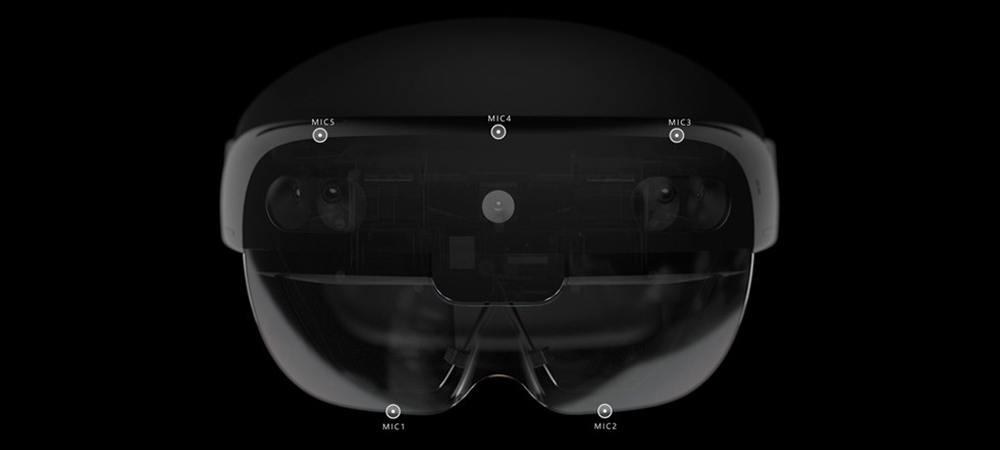
Image attribution: Microsoft
Controls
The Microsoft HoloLens 2 offers multiple control systems for a more unified experience. The device’s iris-based biometric system might be a unique control element. This is primarily used as a security measure. Every iris is unique, so the device can easily be securely tied to a single user. But the device can also use a gesture system. You can control elements of the HoloLens through predefined gestures. Along with this, the system also recognizes voice commands.
The voice system uses Cortana, a familiar user agent in many Microsoft products. The device even maps your environment for extra awareness. However, this does require some extra steps during the initial setup. Users need to correctly map out a room before the HoloLens can fully understand how to integrate visuals into it. This process creates a full 3D copy of the room that’s stored on both the cloud and the HoloLens.
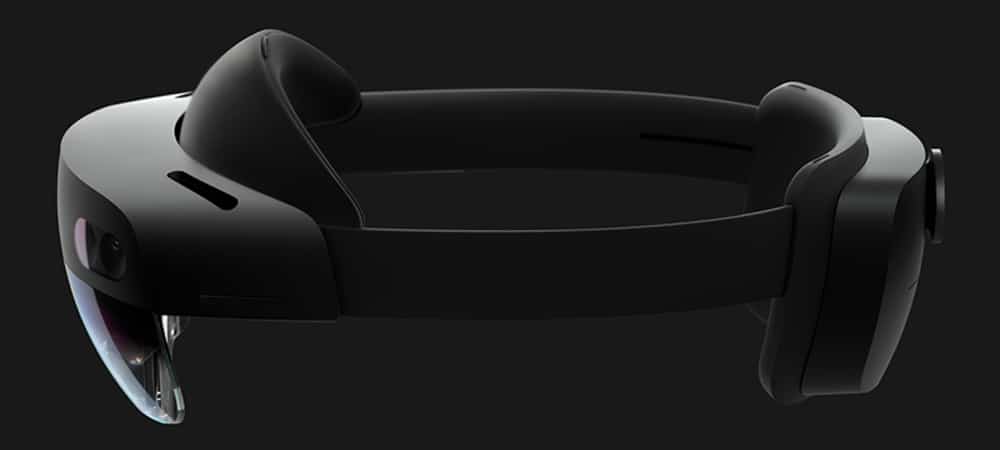
Image attribution: Microsoft
Experience
You might wonder why the Microsoft HoloLens 2 offers so many controls. And the answer can be found in the experiential immersion provided by the glasses. Users can work with the device’s holograms in a way that feels natural. You interact with the physical world using your hands, voice, and eyes. The HoloLens lets you do the same with digital entities as well, and all of these features are seamlessly integrated. For example, you can bring up a menu by raising your inner wrists into view and tapping the summoned logo. However, the device’s immersion lessens if used outdoors.
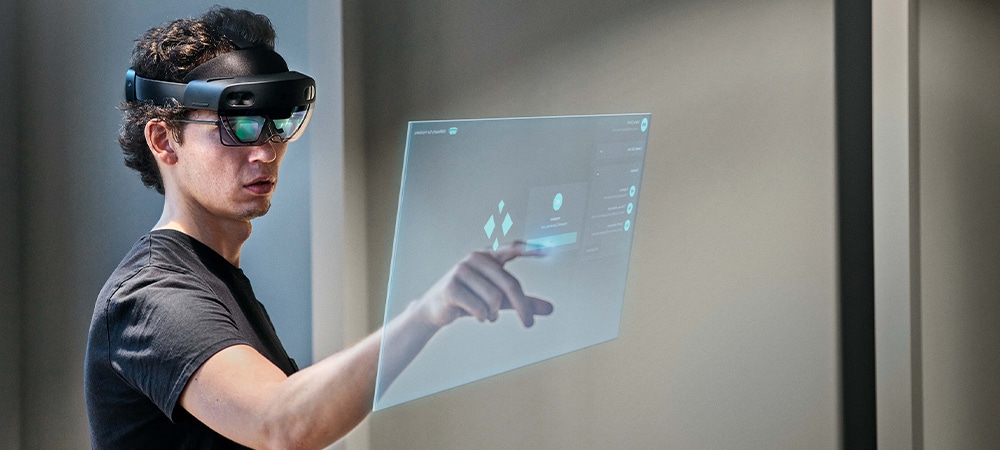
Image attribution: XMReality
Apps
Apps are usually the key to any mobile platform. And Microsoft HoloLens is no exception to that rule. At the moment, users can choose from over two hundred enterprise-level ready apps. What’s more, many of these apps feature vendor-designed integration with leading productivity or professional software packages. As you’d expect, this is often the case for Microsoft’s own enterprise-level software. Microsoft Teams, for example, can leverage the HoloLens for an authentic mixed-reality experience.
Microsoft even expanded the capability of standard software by adding HoloLens support to a special edition of the Windows operating system. Microsoft also offers a special method to integrate any app with the HoloLens. The device runs a dedicated self-hosted web portal on a locally created IP address. A device on the same local network can connect to the HoloLens through that new IP address. You can then control the connected device from your HoloLens.
Video: Remote Assist with Microsoft Teams and Hololens
Trimble Add-On
Metaverse brands often specialize in specific usage scenarios. And the Microsoft HoloLens 2 has gained particular renown for its ability to unify collaborative efforts during property construction via Trimble Connect. Stakeholders can actually discuss construction ideas and plans while looking at 3D models of the designs under consideration. Trimble can even move with the project from a design stage into practical construction efforts, and the Trimble XR10 is itself the only OSHA-compliant and hardhat-integrated HoloLens system. The system also uses bone conduction for audio. This means collaboration through the HoloLens is possible even on noisy construction sites.
Video: Trimble XR10 with Microsoft HoloLens 2
Dynamics 365 Remote Assist
Professional collaboration with subject matter experts (SMEs) is one of the most common uses for Microsoft Hololens. However, this can be accomplished through different systems. The Dynamics 365 Remote Assist provides a specially tailored experience emphasizing visual, hands-free support. This operation style ensures people can actually work on complex systems with their hands while also operating the HoloLens.
Users can even share their field of view with the SMEs for a level of collaboration that wouldn’t even be possible if the individual were on-site. Likewise, individuals on both ends can easily bring up and share documentation while staying hands-free. Dynamics 365 Remote Assist, with the HoloLens, highlights an essential point about augmented and mixed reality. The technology doesn’t just provide static views of a scene. The devices can actually provide both context-aware telepresence and multiple views of an area.
Video: Introducing Dynamics 365 Remote Assist
Microsoft Azure & Microsoft HoloLens
It’s clear that the Microsoft HoloLens, and especially its second iteration, pack a lot of power into a shockingly small form factor. But there are limits to how much processing capability can fit into a pair of glasses. However, Microsoft has a solution for situations where developers might need extra processing power – Microsoft Azure. The Azure platform provides a cloud-computing based environment. This means that the underlying Azure infrastructure can instantly scale to meet demands.
Azure essentially makes it easy for developers to design a virtualized hardware solution within a software-based framework. And in doing so they can make what amounts to an extension for various hardware platforms. In the case of HoloLens, this often means adding additional 3D processing capability. Computationally intensive 3D content can be rendered within an Azure cloud-based environment. And because of Azure’s ability to scale, it can easily meet any speed requirements. The results can then be streamed to a HoloLens device in real-time. This technique also lets developers prepare for upcoming innovations in extended reality hardware. For example, native blockchain or NFT processing might not be feasible on a lower-spec device. But it’s easy when you can offload processing to the cloud.
Video: How does Microsoft Azure work?
What Is Microsoft Mesh?
Mesh is one of the best examples of Azure working alongside Microsoft HoloLens. Mesh is, technically, a software package running on the HoloLens. But it’s better to think of Mesh as a bridge or interconnected system that ties into the HoloLens. The HoloLens runs a local instance of Mesh. But Mesh is powered by Azure cloud-computing services running on a remote server. These elements, working in tandem, can create astonishingly realistic telepresence. Mesh lets you see people in remote locations as if they were truly right there with you. Mesh is an impressive showcase for both Azure and HoloLens.
Video: Introducing Microsoft Mesh
The Price of Microsoft HoloLens 2
The Microsoft HoloLens 2 is available either through Microsoft’s website or from resellers. This is true for developer, enterprise, and industrial editions. However, all versions of the HoloLens are only sold to companies. The total price point of the HoloLens 2 is still too high for the general consumer market.
Public Feedback & Opinions
The Microsoft HoloLens has truly pushed the limits of modern technology. The previously mentioned high cost comes with one significant advantage. Microsoft has been able to create what’s arguably the most advanced augmented reality headset on the market. And the reaction of people using it within enterprise-level settings reflects that achievement. The HoloLens perfectly overlays digital models in a stable way that mimics real-world entities.
And its top-tier positional tracking ensures that these models feel like part of the environment rather than the glasses. However, that’s not to say that the display has been fully perfected yet. The field of view is still relatively small. And this can dispel the AR illusion when you get closer to 3D objects. Likewise, visual issues can appear when the HoloLens is used under bright light. And this includes sunlight. But the HoloLens has been a huge success despite these minor issues.
The Microsoft Hololens and Other Metaverse Tech
The Microsoft Hololens is an undeniably powerful device. But it’s essential to keep in mind that it’s only a single take on an expansive concept. There’s a whole world of metaverse-related devices in the world. Some are still in development. Others, like Oculus, have already had several iterations enter the consumer market.
This ultimately means that you can almost always find metaverse gear that perfectly matches your own needs. Whether that’s AR, VR, or any other metaverse style, you can delve into the wider world of metaverse tech in the article “Metaverse Devices; The Best Gear To Enter the Metaverse”.
You’ve now reached a point where you know where the Microsoft HoloLens came from, what it can do, and how it will grow in the future. But only you can decide how you want to fit into that exciting adventure.
Did You Like This Article About The Roblox Games?
You might also be interested in the following articles:
- Apple Glasses; Everything We Know So Far About Apple’s AR Device
- Horizon Workrooms; Meta’s VR Business Meeting Space
- Metaverse Events; 10 Incredible Options for Industry Professionals

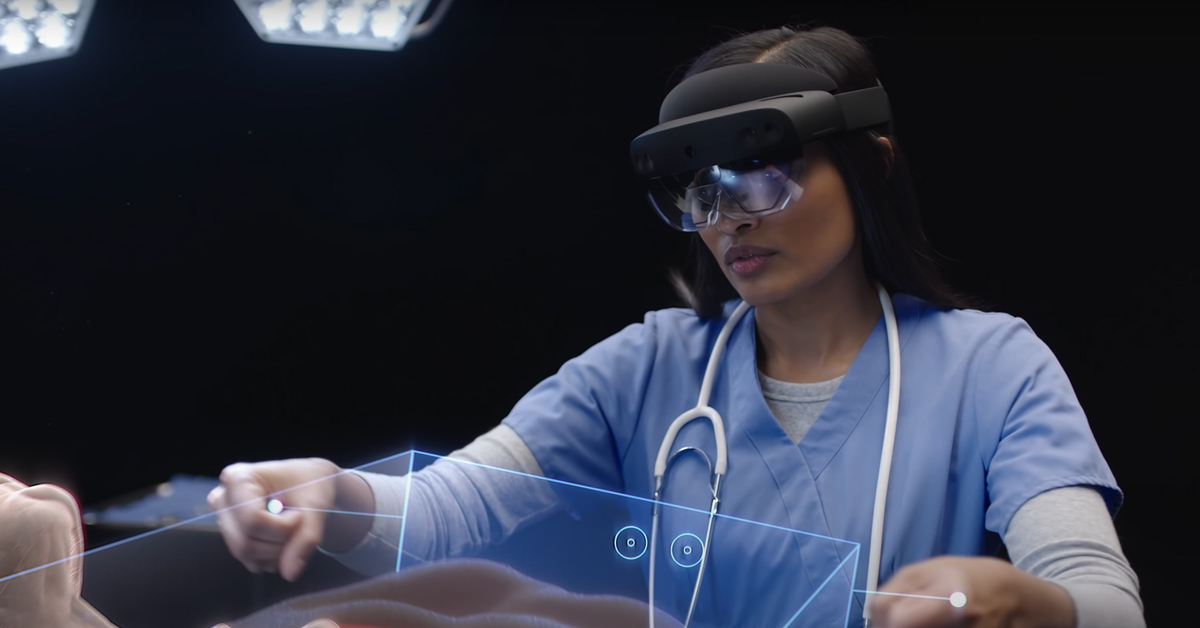
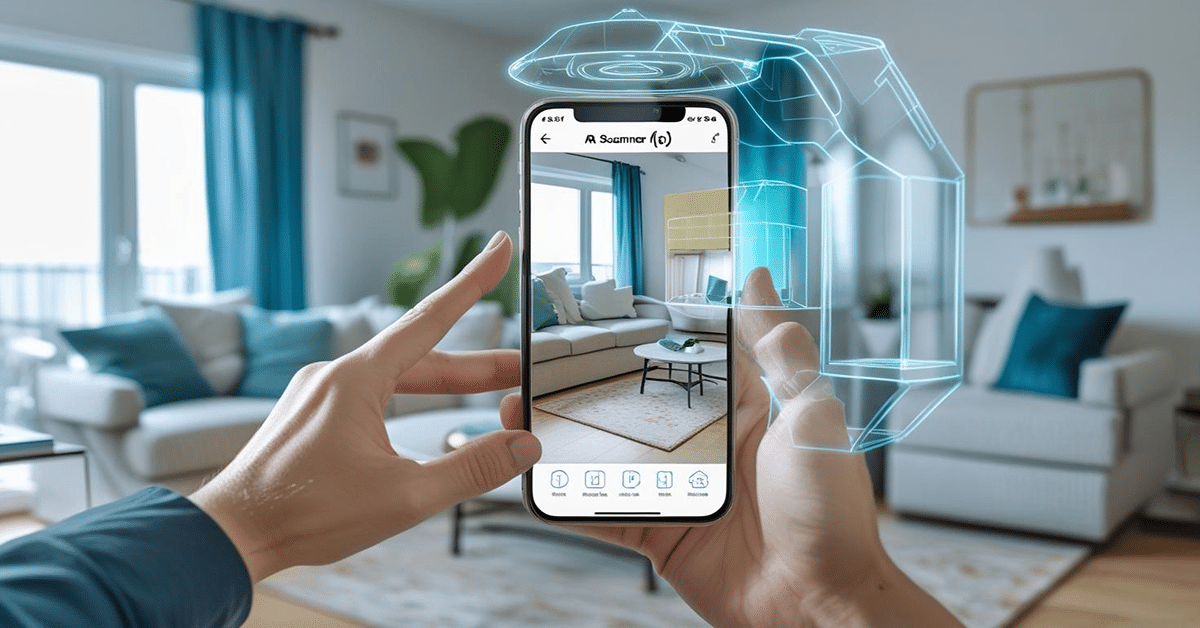
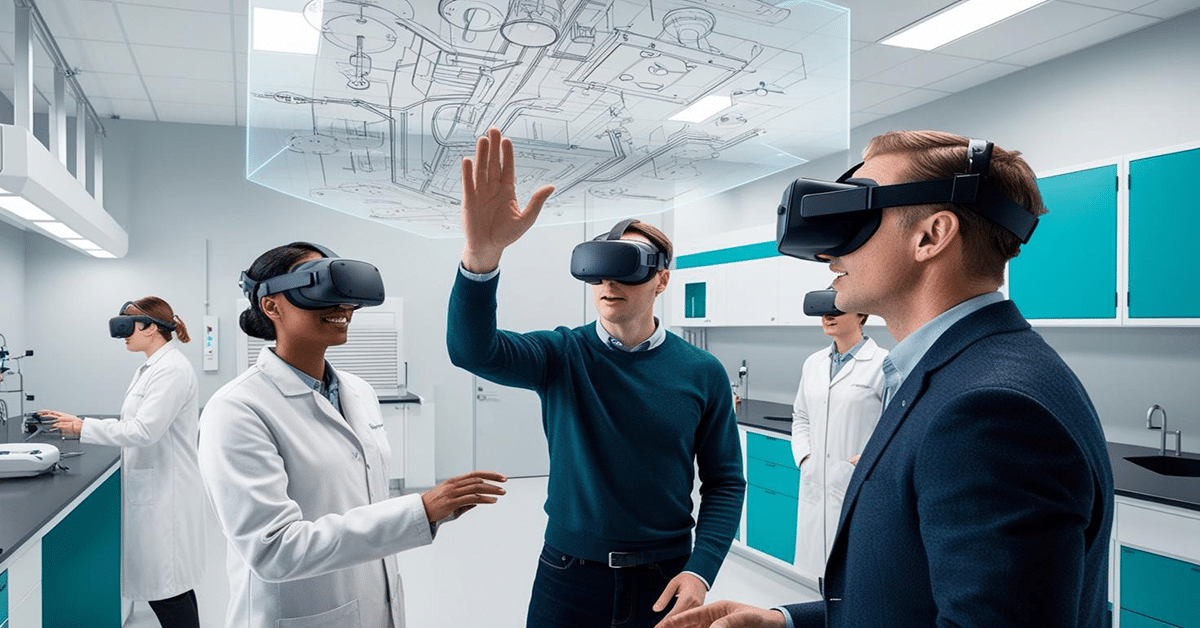
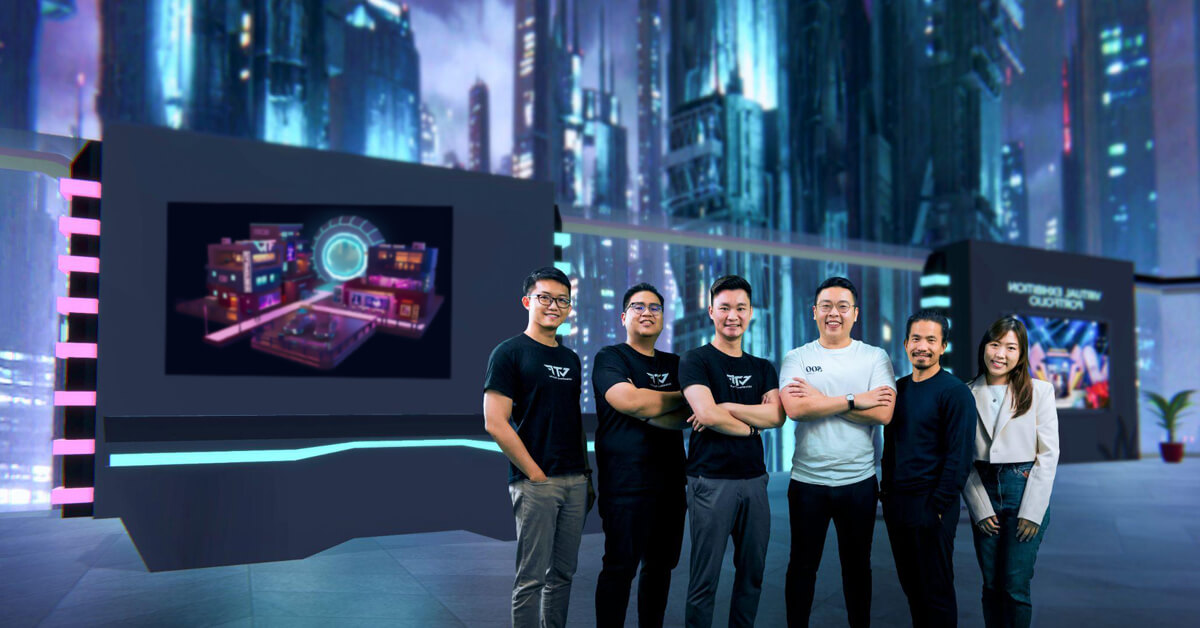

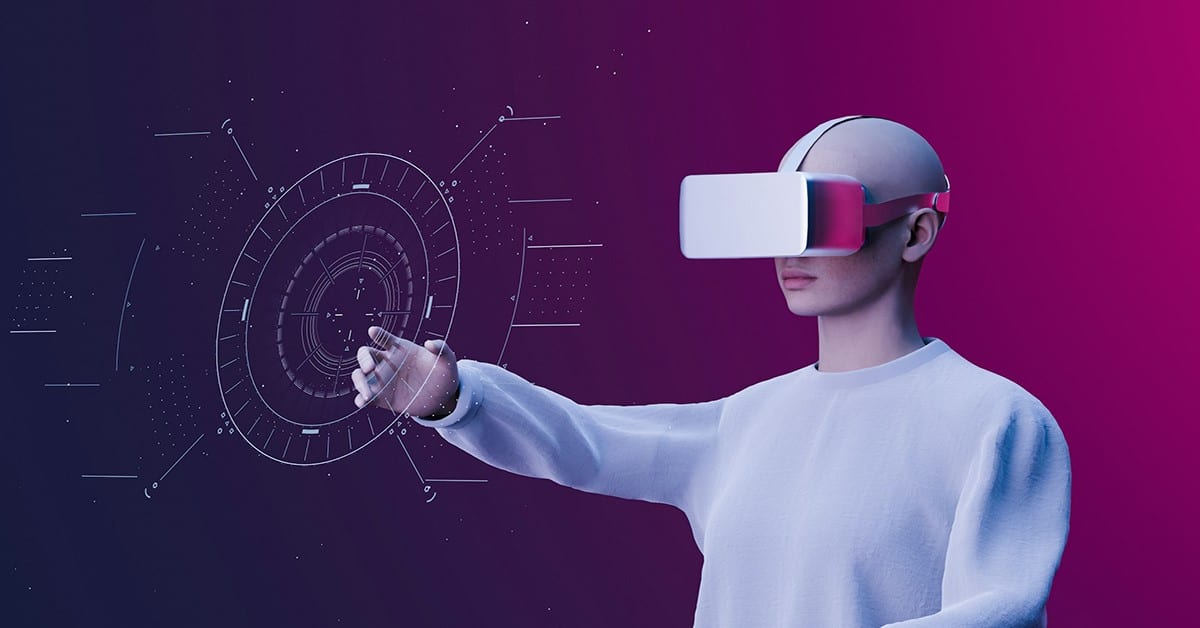
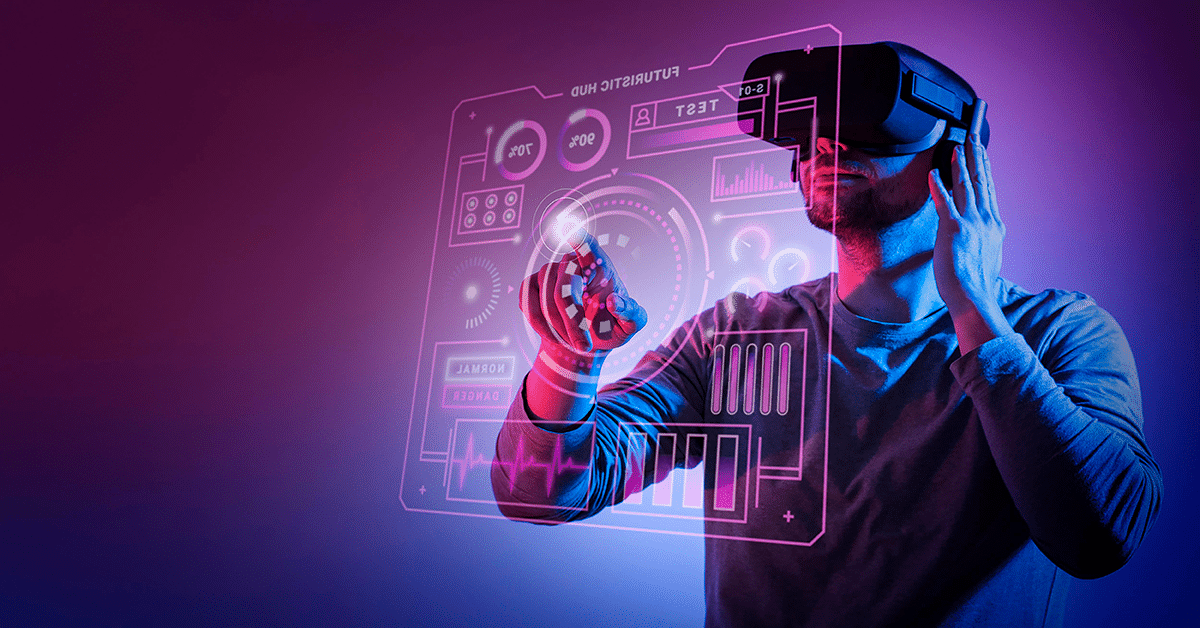

Leave A Comment